TXS0102 2-Bit Bidirectional Voltage-Level Translator
Voltage-level shifting is the process of converting signals from one voltage level to another. In digital electronics, this is often necessary when interfacing between components or systems that operate at different voltage levels. Voltage-level translators like the TXS0102 facilitate this process by ensuring that signals are properly interpreted and transmitted between devices. Overall, voltage-level translators are essential components in modern electronics, enabling the seamless integration of components and systems that operate at different voltage levels. In this article, we'll delve into the TXS0102 datasheet, features, specifications, and applications, as well as its significance in the field of electronics.

Overview of TXS0102
The TXS0102 is a bidirectional voltage-level translator designed for logic voltage-level translation. The A port accepts I/O voltages from 1.65V to 3.6V, while the B port accepts I/O voltages from 2.3V to 5.5V. This 2-bit non-inverting translator allows for digital switching compatibility between mixed-voltage systems. It supports bidirectional translation between 1.8V, 2.5V, 3.3V, and 5V voltage nodes, enabling communication between lower and higher logic signal levels.
The TXS0102 features a pass-gate architecture with edge-rate accelerators (one-shots) to improve data rate. When the output-enable (OE) input is low, all I/Os are in a high-impedance state, reducing power-supply quiescent current consumption. To ensure the high-impedance state during power up or power down, OE should be tied to GND through a pulldown resistor, with the resistor's minimum value determined by the driver's current sourcing capability.
Additionally, the TXS0102 includes 10-kΩ pull-up resistors, typically used in open-drain applications, integrated for convenience, eliminating the need for an external resistor. While primarily for open-drain applications, the device can also translate push-pull CMOS logic outputs.
TXS0102 Features
- No Direction-Control Signal Needed: The TXS0102 does not require a direction-control signal, simplifying its use in systems.
- Maximum Data Rates: It supports high data rates, up to 24 Mbps in push-pull mode and 2 Mbps in open-drain mode, ensuring fast and efficient data transfer.
- Texas Instruments NanoStar™ Package: It is available in the NanoStar™ integrated circuit package from Texas Instruments, offering a compact and efficient design.
- Wide Voltage Range: It supports a wide voltage range, with 1.65 V to 3.6 V on the A port and 2.3 V to 5.5 V on the B port (VCCA ≤ VCCB), making it compatible with a variety of devices.
- VCC Isolation Feature: It has a VCC isolation feature, which means that if either VCC input is at GND, both ports are in the High-Impedance state, ensuring data integrity.
- No Power-Supply Sequencing Required: It does not require power-supply sequencing, allowing either VCCA or VCCB to be ramped first, simplifying system design.
- Partial-Power-Down Mode Operation: It supports partial-power-down mode operation, helping to conserve power in battery-operated devices.
- Latch-Up Performance: It has excellent latch-up performance, exceeding 100 mA per JESD 78, Class II, ensuring reliability in harsh environments.
- ESD Protection: It offers robust ESD protection, exceeding JESD 22 standards, with 2500-V Human-Body Model (A114-B) for the A port and 8-kV Human-Body Model (A114-B) for the B port, ensuring device reliability in real-world conditions.
TXS0102 Specifications
TXS0102 technical specifications, attributes, parameters, and parts with similar specifications to TXS0102YZTR:
| Type | Parameter |
|
Translator Type
|
Voltage Level
|
|
Channel Type
|
Bidirectional
|
| Number of Circuits | 1 |
|
Channels per Circuit
|
2
|
| Supply Voltage - VCCA | 1.65 V ~ 3.6 V |
| Supply Voltage - VCCB | 2.3 V ~ 5.5 V |
| Propagation Delay Time | 260 ns |
| Data Rate | 24Mbps |
| Output Type | Open Drain, Push-Pull |
| Operating Temperature | -40°C ~ 85°C (TA) |
| Package / Case | 8-UFBGA, DSBGA |
TXS0102 Pinout
- 8-Pin SSOP and VSSOP

- 8-Pin X2SON

- 8-Pin DSBGA

Pin Configuration and Functions
| PIN | TYPE | Description | |||
| NAME | NO. | ||||
| SSOP and VSSOP | X2SON | DSBGA | |||
| A1 | 5 | 2 | D2 | I/O | Input/output A. Referenced to VCCA. |
| A2 | 4 | 3 | D1 | I/O | Input/output A. Referenced to VCCA. |
| B1 | 8 | 7 | A2 | I/O | Input/output B. Referenced to VCCB. |
| B2 | 1 | 6 | A1 | I/O | Input/output B. Referenced to VCCB. |
| GND | 2 | 4 | B1 | - | Ground |
| OE | 6 | 5 | C2 | I | Output enable (active High). Pull OE low to place all outputs in 3-state mode. Referenced to VCCA. |
| VCCA | 3 | 1 | C1 | P | A-port supply voltage. 1.65 V ≤ VCCA ≤ 3.6 V and VCCA ≤ VCCB |
| VCCB | 7 | 8 | B2 | P | B-port supply voltage. 2.3 V ≤ VCCB ≤ 5.5 V |
Note: I = input, O = output, I/O = input and output, P = power.
TXS0102 CAD Model

TXS0102 Symbol

TXS0102 Footprint

TXS0102 3D Model
Absolute Maximum Ratings

TXS0102 Functional Block Diagram

TXS0102 Application
The TXS0102 is a versatile bidirectional voltage-level translator designed for applications where different voltage levels need to communicate. It can operate across various interfaces, making it suitable for a wide range of applications. Here are some expanded details on its applications:
I2C / SMBus:
- The TXS0102 is commonly used in I2C (Inter-Integrated Circuit) and SMBus (System Management Bus) applications where there is a need to translate between different voltage levels.
- In I2C applications, it ensures compatibility between devices operating at different voltage levels, allowing them to communicate effectively.
- Similarly, in SMBus applications, the TXS0102 facilitates communication between devices with varying voltage requirements, enabling seamless data transfer.
UART:
- The TXS0102 plays a crucial role in UART (Universal Asynchronous Receiver-Transmitter) applications, where it bridges the gap between devices operating at different voltage levels.
- By providing bidirectional voltage translation, the TXS0102 enables UART communication between devices with incompatible voltage requirements, ensuring reliable data transmission.
GPIO:
- In GPIO (General-Purpose Input/Output) applications, the TXS0102 serves as a vital interface component, allowing devices operating at different voltage levels to interact.
- Whether it's controlling peripheral devices or exchanging data between microcontrollers, the TXS0102 ensures seamless GPIO communication, enhancing overall system functionality.
Overall, the TXS0102's applications in I2C/SMBus, UART, and GPIO scenarios highlight its versatility and importance in enabling communication between devices with different voltage requirements. Its reliable performance and bidirectional voltage translation make it a valuable component in various electronic systems.
TXS0102 Typical Application Circuit

TXS0102 Typical Application Block Diagram

Advantages of TXS0102
Seamless Bidirectional Translation
The TXS0102 offers seamless bidirectional voltage-level translation between two voltage domains. This ensures that signals can be translated in both directions without the need for additional components or complex circuitry, simplifying the design process.
Low Power Consumption
One of the key advantages of the TXS0102 is its low power consumption. This makes it ideal for use in battery-powered devices or other applications where power efficiency is a priority. The TXS0102 helps to extend battery life while providing reliable voltage-level translation.
High-Speed Operation
The TXS0102 is capable of supporting high-speed data rates up to 100 Mbps, making it suitable for use in applications that require fast data transfer. This high-speed operation ensures that signals are translated quickly and accurately, minimizing signal distortion and ensuring reliable communication.
Compact and Easy-to-Use Design
The TXS0102 is designed to be compact and easy to use, making it ideal for use in a wide range of applications. Its small form factor allows it to be easily integrated into existing designs, while its simple interface simplifies the design process for engineers and developers.
Troubleshooting and Common Issues
When working with the TXS0102 voltage-level translator, it's essential to be aware of common problems that may arise and how to troubleshoot them effectively. Here are some common issues you may encounter:
- Signal Integrity: Ensure that the signal integrity is maintained throughout the translation process. Check for noise, reflections, or other disturbances that could affect the signal quality.
- Voltage Compatibility: Verify that the devices' voltage levels are within the specified range for the TXS0102. Using voltages outside the recommended range can lead to improper operation or damage to the translator.
- Direction Control: The TXS0102 is bidirectional, meaning it can translate signals in both directions. Make sure that the direction control pins are configured correctly to enable proper bidirectional communication.
- Power Supply: Ensure that the TXS0102 is properly powered and that the power supply meets the specifications. Insufficient power can lead to erratic behavior or failure of the translator.
- Layout Considerations: Proper PCB layout is critical for signal integrity and reliable operation. Ensure that the layout follows the recommended guidelines in the datasheet to minimize crosstalk and other issues.
By addressing these common issues and following best practices for design and implementation, you can maximize the performance and reliability of the TXS0102 voltage-level translator in your electronic projects.
TXS0102 Package
- VSSOP

- SSOP

- X2SON

- DSBGA

TXS0102 Manufacturer
Texas Instruments is a leading manufacturer of a wide range of electronic components and semiconductor products. Known for its high-quality and innovative solutions, Texas Instruments offers a diverse portfolio that includes analog and digital semiconductors, microcontrollers, and sensors, among others. Their products are widely used in various industries, including automotive, industrial, communication, and consumer electronics. With a focus on delivering cutting-edge technology and reliable performance, Texas Instruments continues to be a trusted choice for engineers and designers seeking top-tier electronic components.
TXS0102 Datasheet
Download TXS0102 Datasheet PDF.
Conclusion
The TXS0102 2-bit bidirectional voltage-level translator stands out for its versatility and utility in a wide range of applications. Its ability to provide seamless bidirectional voltage-level translation, coupled with its low power consumption and high-speed operation, makes it an ideal choice for designers and engineers working on mixed-voltage systems. Whether used in battery-powered devices, data acquisition systems, or communication interfaces, the TXS0102 proves to be a reliable and efficient solution for voltage-level translation needs.
Read More
FAQ
-
What is the maximum voltage the TXS0102 can translate?
5.5V.
-
What is the maximum data rate supported by TXS0102?
24Mbps (push-pull) and 2Mbps (open-drain).
-
How many bits can the TXS0102 translate?
The TXS0102 is a 2-bit bidirectional voltage-level translator, meaning it can translate two data lines.
-
Can TXS0102 be used for level shifting in battery-powered devices?
Yes, the TXS0102 is an excellent choice for level shifting in battery-powered devices due to its low power consumption and efficient operation. It can help extend the battery life of such devices while ensuring reliable communication between different voltage domains.
-
How does TXS0102 ensure bidirectional communication between different voltage domains?
The TXS0102 features a bidirectional level translator circuit that uses high-speed CMOS technology to translate signals between two voltage domains. It uses two supply voltage pins (VCCA and VCCB) to maintain signal integrity and directionality, ensuring seamless bidirectional communication.

 Prof. David Reynolds
Prof. David Reynolds
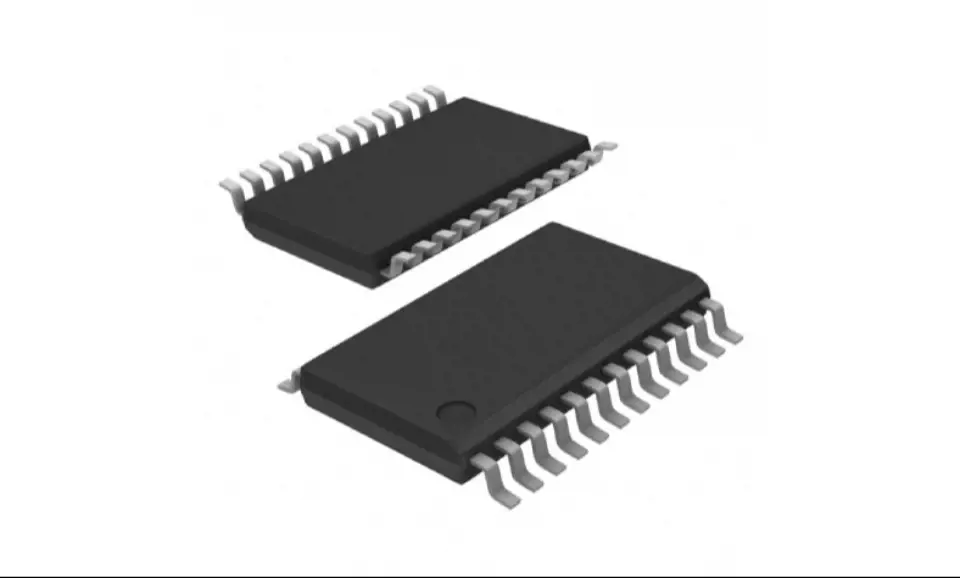
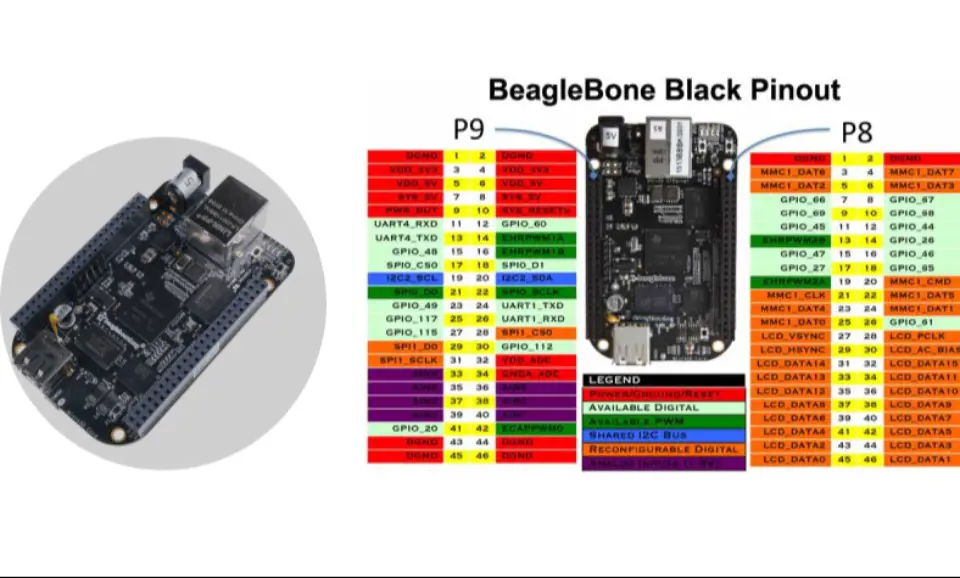
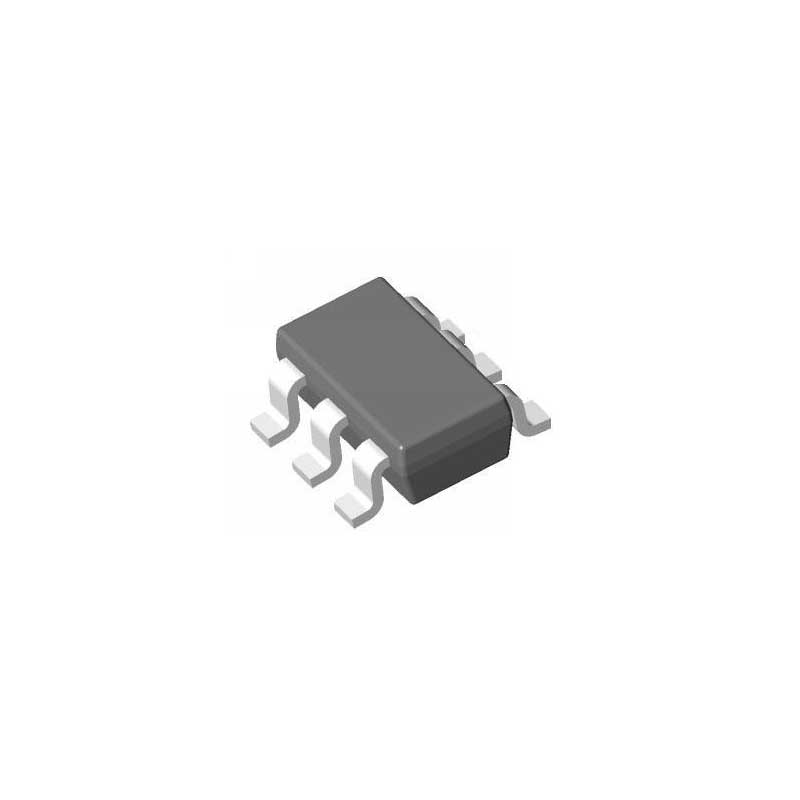
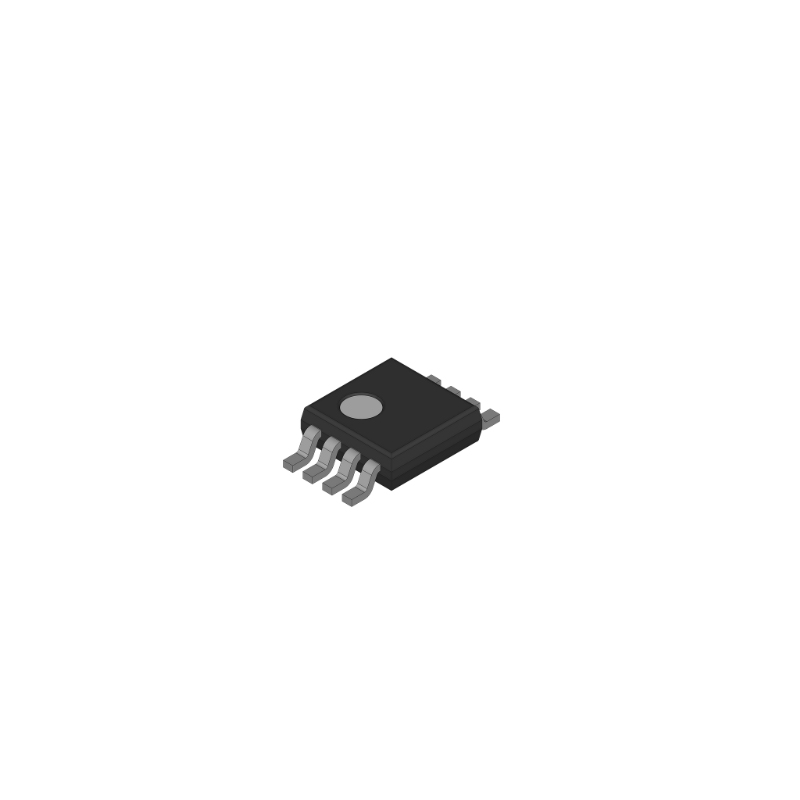
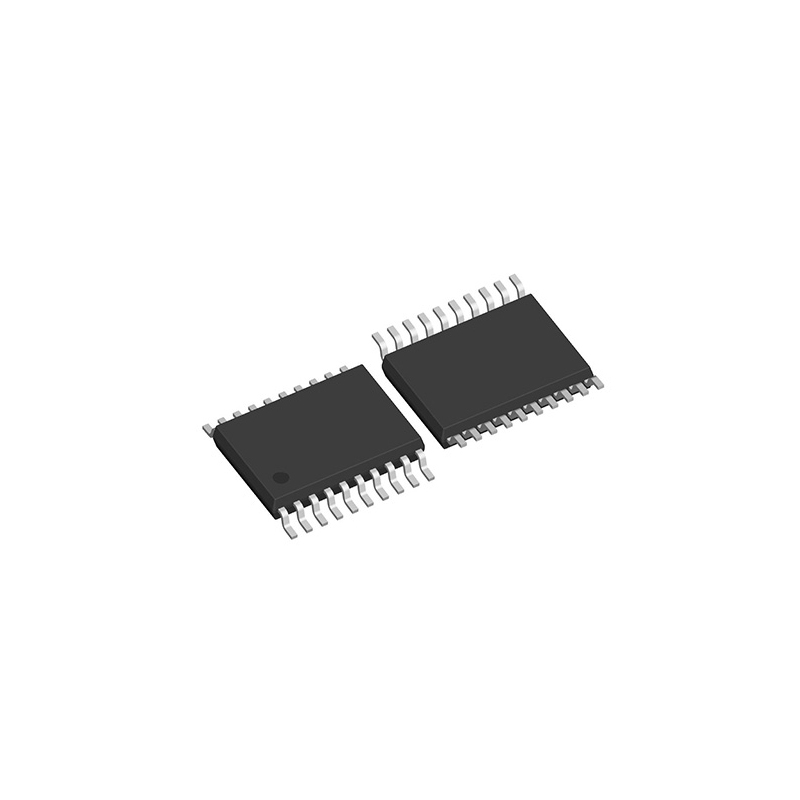
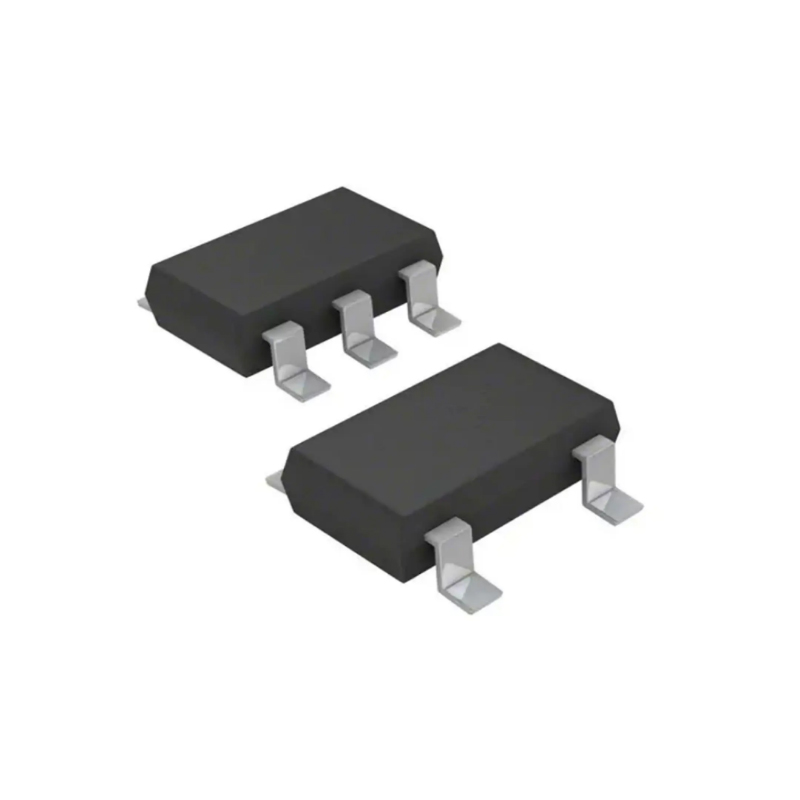
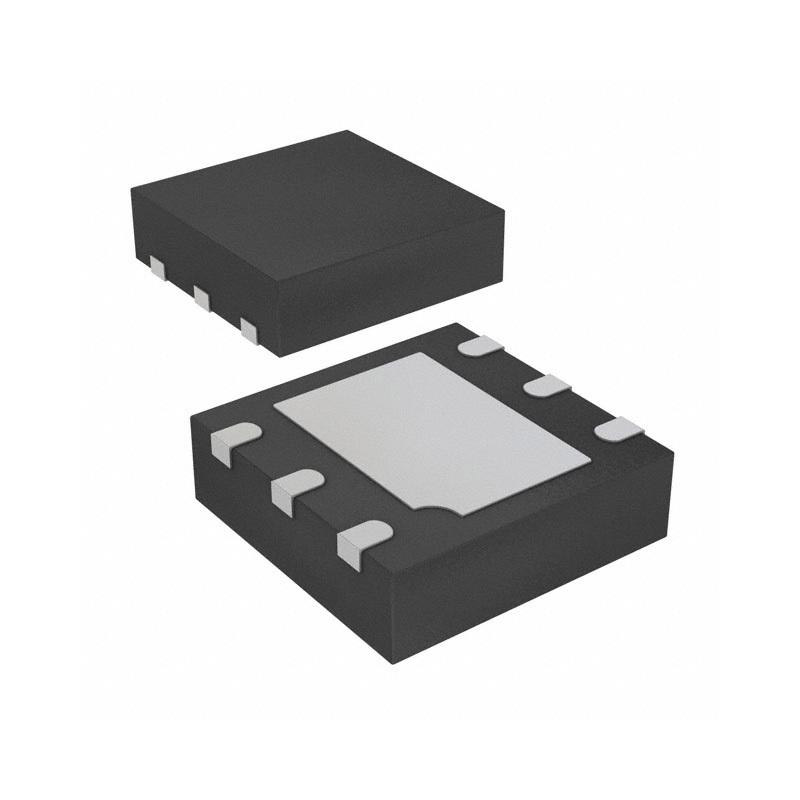
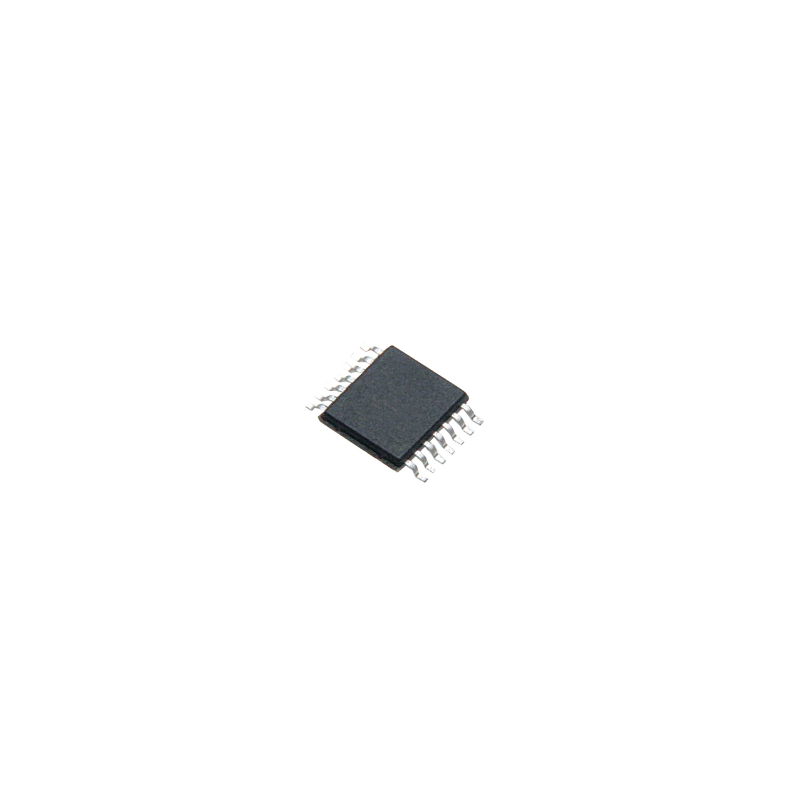

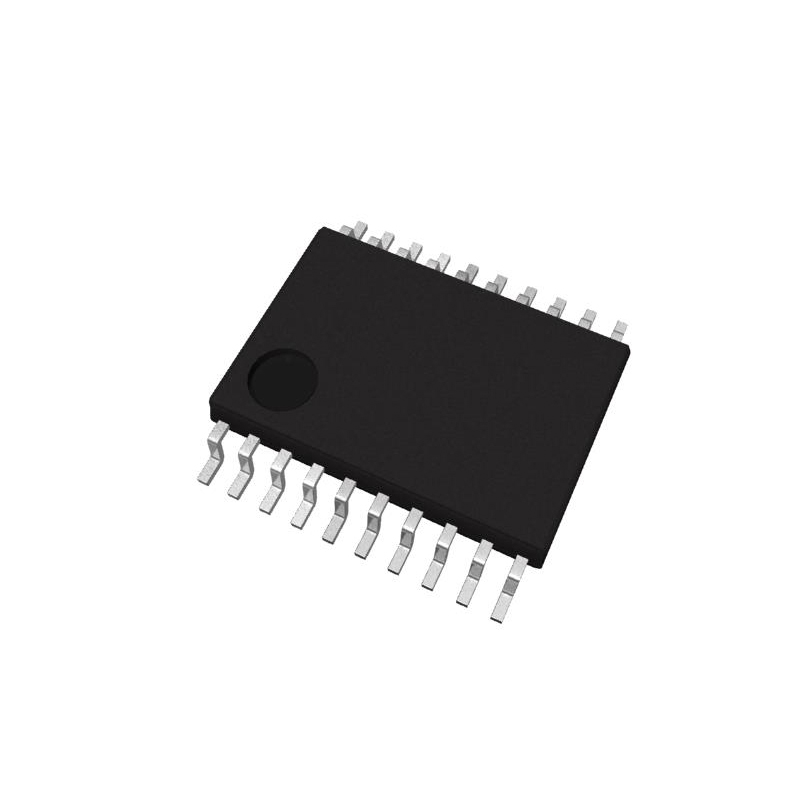
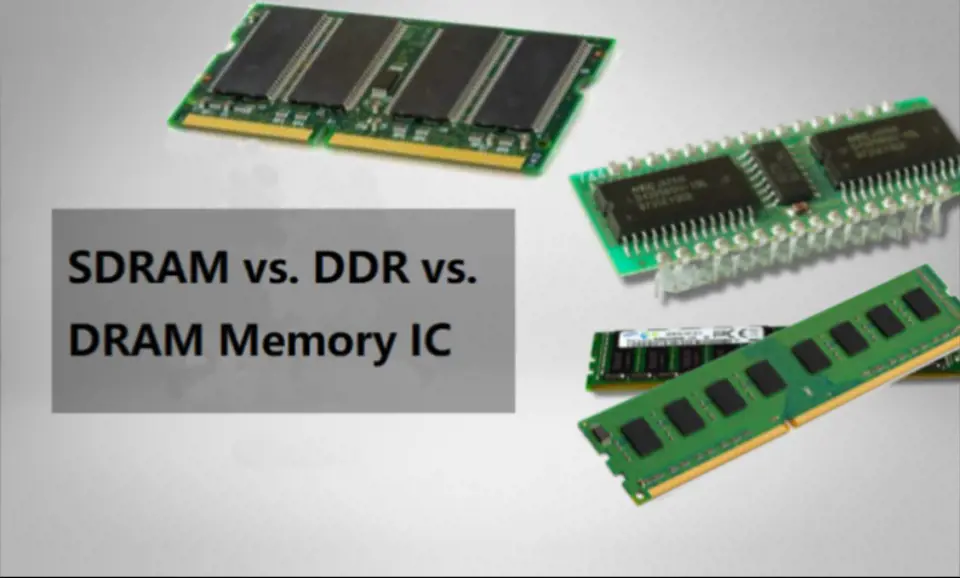
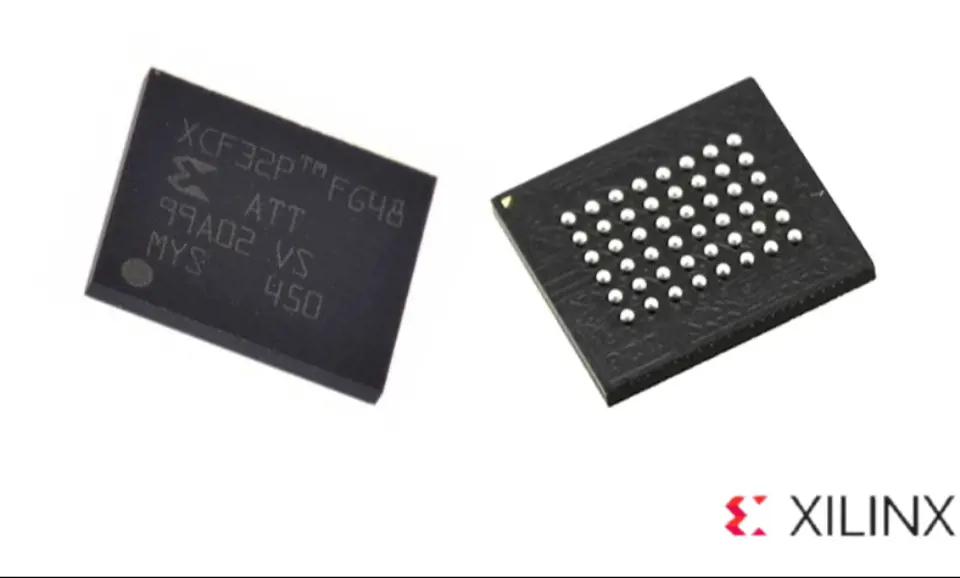

Still, need help? Contact Us: [email protected]